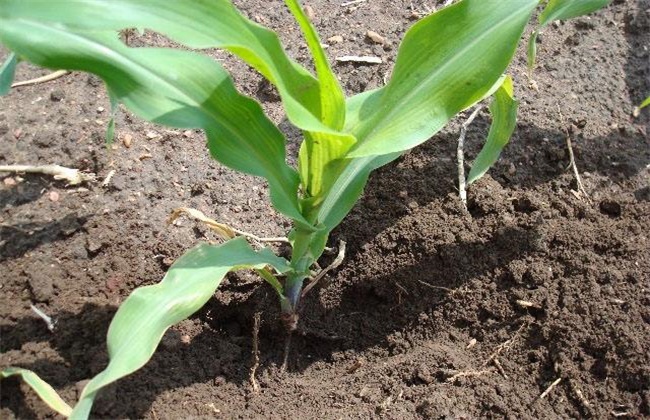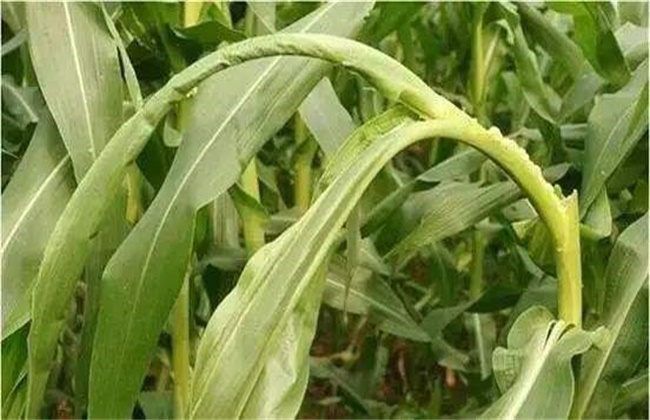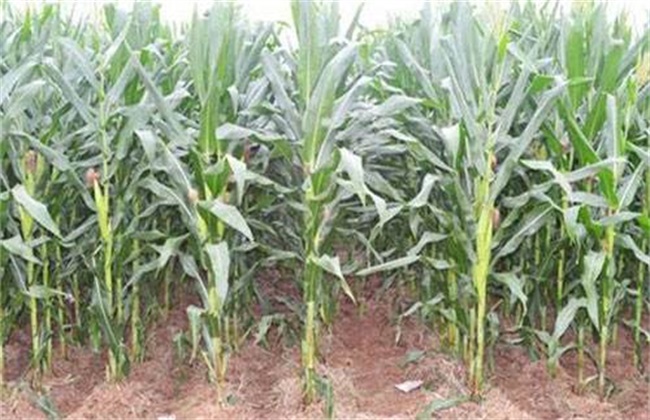Symptoms and Rescue methods of Maize Fertilizer injury
Corn is one of the main cash crops in China, which is widely distributed in China. How to increase the yield of corn is a concern of many farmers, but if excessive fertilization will cause fertilizer damage in the planting process, fertilizer damage has a great impact on corn. So what are the causes of corn fertilizer damage? How to save it? Let's get to know it.

1. Symptoms of obesity injury
The most common symptoms of fertilizer damage to corn are dehydration, excessive fertilization or lack of water in the soil, and the soil concentration is higher after fertilization, which leads to reverse osmosis of corn water and wilting of jade plants, just like being scalded by boiling water. this is the dehydrated plant, which grows slowly and dies if it is heavy. In addition, there will be burns in the leaves. When a large amount of nitrogen fertilizer is applied in the high temperature environment, ammonia will be formed after volatilization, which will burn the leaves and young parts of the plant, yellowing leaf tip and leaf edge, and crimson death of the whole plant.
2. Causes of fertilizer damage
In the traditional fertilizer formula, the content of general nitrogen fertilizer will not exceed 15%. If the content of nitrogen fertilizer in the formula exceeds this limit, the corresponding fertilization method will be changed, otherwise too high concentration will cause fertilizer damage and normal root burning phenomenon. In the application of organic fertilizer or farm manure is after complete maturity, in the decomposition process will emit a large amount of organic acid and heat, resulting in root burning. The water content of the soil is good, and the fertilizer melts quickly, and the soil bottom layer will become hard and shallow after many years of cultivation, which will restrict the growth of maize root system, low concentration of local fertilizer solution, insufficient water supply and slow growth. in serious cases, the phenomenon of water reversal occurs, and the plant loses water and heats up gradually.
3. Rescue methods
In most cases, once fertilizer damage occurs, the fertilizer damage can be quickly reduced by irrigation, because a large amount of water dilutes the fertilizer concentration. If excessive application of nitrogen fertilizer can be alleviated by spraying appropriate amount of plant growth regulators, such as paclobutrazol, excessive application of phosphorus fertilizer can increase the application of nitrogen, potassium and other micro-fertilizers, and adjust the reasonable proportion of soil elements. For the burning phenomenon caused by ammonia, boron, molybdenum, magnesium and other micro-fertilizers and low concentration potassium dihydrogen phosphate foliar fertilizer can be sprayed to reduce the soil concentration and reduce the damage degree.
The above is the introduction of corn fertilizer symptoms and rescue methods, hope to help you, want to know more related knowledge, please pay attention to us.
Related
- The first cup of black tea in spring, the flavor and history of tea gardens in Kenya, Africa
- The computer can not only choose potatoes, but also grow tea rice. AI will grow winter oolong tea champion.
- It is not only the inflated tea bitten by insects, but also engraved with the four seasons tea in Beipu.
- The Oriental Beauty Tea Festival in Zhuxian County takes the stage at the weekend to experience the plus-size feast of oil tea.
- & quot; Oriental Beauty Tea & Exploration of Emei in Hsinchu, the hometown of quot;
- The new variety of strawberry "Tainong 1" dessert is the first choice with mellow aroma. Crimson gorgeous
- History of Tea in Taiwan: from Wild Inner Mountain to Export Tea Garden
- Two types of Taiwan Oriental Beauty Black Tea won the British three-Star Award for Childhood Tea Xiang Zhang Jiaqi changed from pilot to champion tea maker.
- Banana species and varieties: the planting history of Taiwan Xianren banana and dwarf banana is long, is banana disease resistant?
- Coffee planting Technology: Qianjie Coffee from Seedling to harvesting



